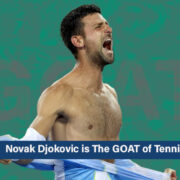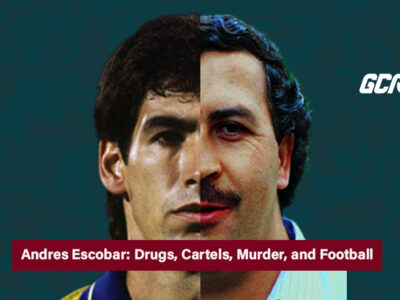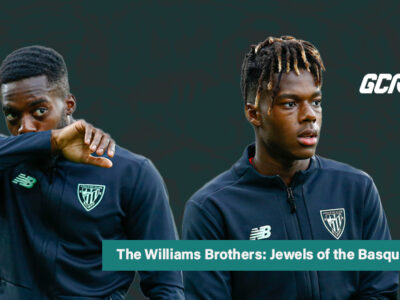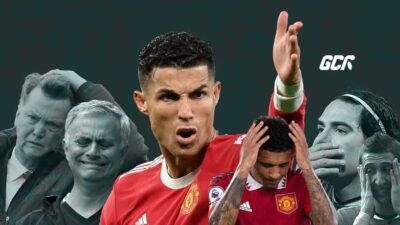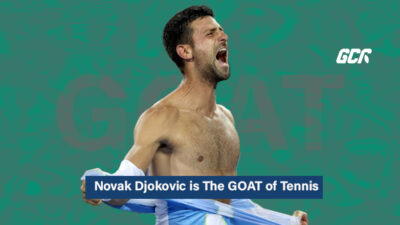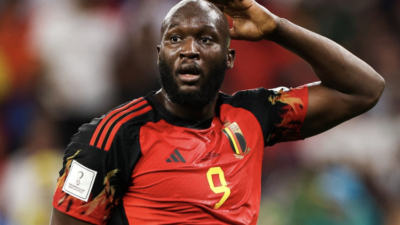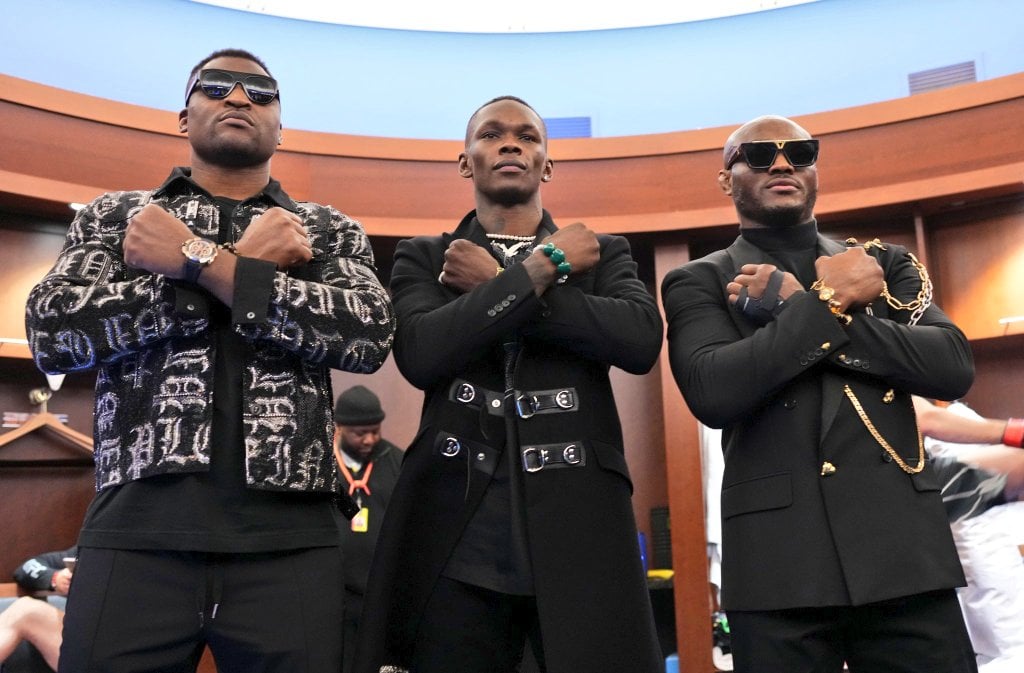Boxing died on June 11, 2005, the very night Mike Tyson retired from professional boxing. The golden era of electrifying talent and entertainment in the sport, which spanned several decades and included numerous legendary fighters, was no more.
Then came the era of Lennox Lewis and the Klitschko brothers, which lacked excitement. Bouts became chess games in which both boxers hugged multiple times with intermittent flurries of punches.
What could be said about the current boxing era? Of course, they are more Instagram influencers than boxers. Let’s revisit the peak of boxing excellence.
The Peak of Boxing Excellence
Boxing has gone through several golden eras. The early 20th century saw the dominance of fighters such as Jack Dempsey and Joe Louis, who were significant figures in the sport.
In the ‘50s, fighters like Rocky Marciano, Joe Louis, and Ezzard Charles became household names and cultural icons.
Then came the ’60s, featuring the dancing boxer who killed his opponents with his mouth first before the match—the legendary Mohammed Ali.

This era was the zenith of boxing excellence because of several factors.
Majorly, the era featured some of the most iconic and consistent high-profile matchups in boxing history, including the 1975 “Fight of the Century” between Ali and Frazier, which is often considered one of the greatest in boxing history.
The shenanigans and Ali’s big mouth also contributed to the legend of this era. His constant yapping even triggered Sonny Liston to fire a prop gun at his head during a faceoff.
The epic battle between Sugar Ray Leonard and Thomas Hearns came to an end in the 13th round when Leonard landed ferocious punches that forced the referee to stop the fight, awarding Leonard a dramatic TKO.
Then, Mike Tyson lost to Buster Douglas via 10th-round KO on February 11, 1990, ending Tyson’s 37-fight win streak.
The fans never had to wait for so long before an iconic match. Even the press conferences were massive events. Like when Mike Tyson threatened the “put him in a straitjacket” reporter.
Further, the Golden Era represented a purer form of boxing, with a greater emphasis on the art and craft of the sport, from the stance to the footwork to the body positioning down to the different entertaining boxing styles.
The sport was less commercialized at that time, allowing for a more authentic and untainted expression of boxing. The shady promoters are the only persistent pests in the sport.
The era of rich ‘ballers’
Several boxers in this modern era have been outstanding across different weight divisions and have done so well to keep the flag of the sport flying.
The informal parlance ‘baller’, however, is usually employed to refer to a person who spends lots of money and ‘living the good life’. In that sense, the current era of boxing is a league of rich ballers.
In recent years, some boxers have garnered attention for their focus on exotic lifestyles outside of the ring. With the rise of social media and increased visibility, many fighters prioritize showcasing their wealth and luxury possessions.
While this lifestyle can enhance their personal brand and attract sponsorships, emphasis on extravagance may overshadow the dedication and commitment to the craft that characterized boxers in previous eras, potentially impacting their performance and long-term legacy in the sport.
And since they are more worried about securing their income source and records, they only take carefully curated fights.
Which era of boxing was better?
Choosing between the two eras is a subjective endeavor. However, the perception that boxing in the current era is not as entertaining as the Golden Era can be attributed to several factors.
One significant issue in modern boxing is the fragmentation and increase of sanctioning bodies and championship belts, leading to confusion among fans and the weakening of the title landscape.

With multiple champions in each weight class, it can be challenging to determine the true undisputed champion, which diminishes the significance of individual title fights and undermines the overall entertainment value of the sport.
Another striking factor is the lack of consistent mega-fights. While there have been some notable matchups in recent years, the current era of boxing has not consistently produced the same level of mega-fights and rivalries as the Golden Era.
Fighters like Mike Tyson fought several bouts in a year, many times more than the number of fights three heavyweight boxers in this era have in a year. In recent times, heavyweight champs go an entire year with just one fight!
Furthermore, the current era of boxing has arguably seen a decline in technical skill and artistry compared to the Golden Era. With the rise of MMA and other combat sports, there may be a shift towards a more “complete” style of fighting, which can lead to less strategic and nuanced performances in the ring.

Overall, while there are still many talented boxers and exciting matchups in the current era of boxing, these factors contribute to the perception that it may not be as consistently entertaining as the Golden Era.
However, opinions on the entertainment value of boxing are subjective and can vary depending on individual preferences and perspectives. But will there ever be another golden era of boxing? We can only hope!
Who wrote this?
Desmond is a lawyer whose first love is the young boy from Rosario. He loves writing about the legal profession and sports.







